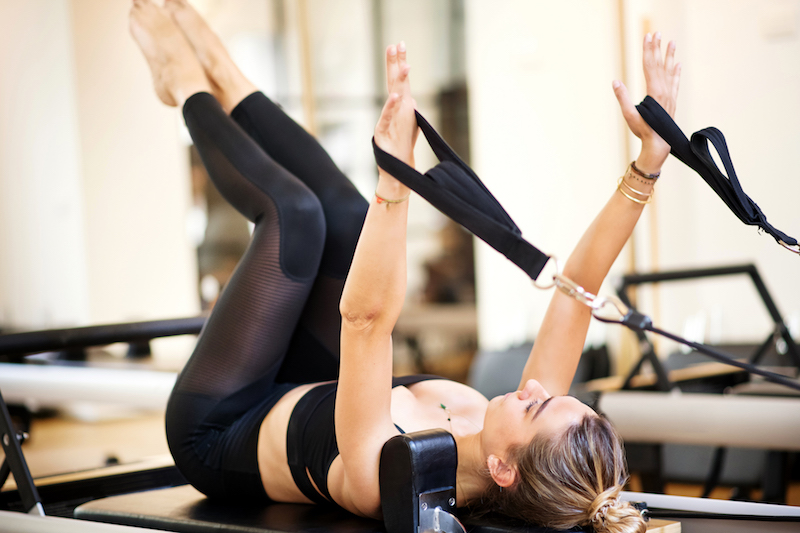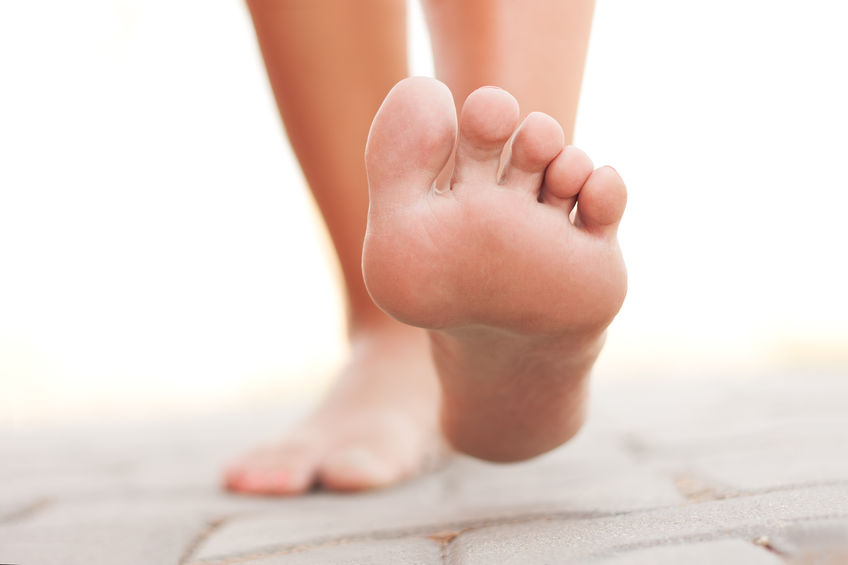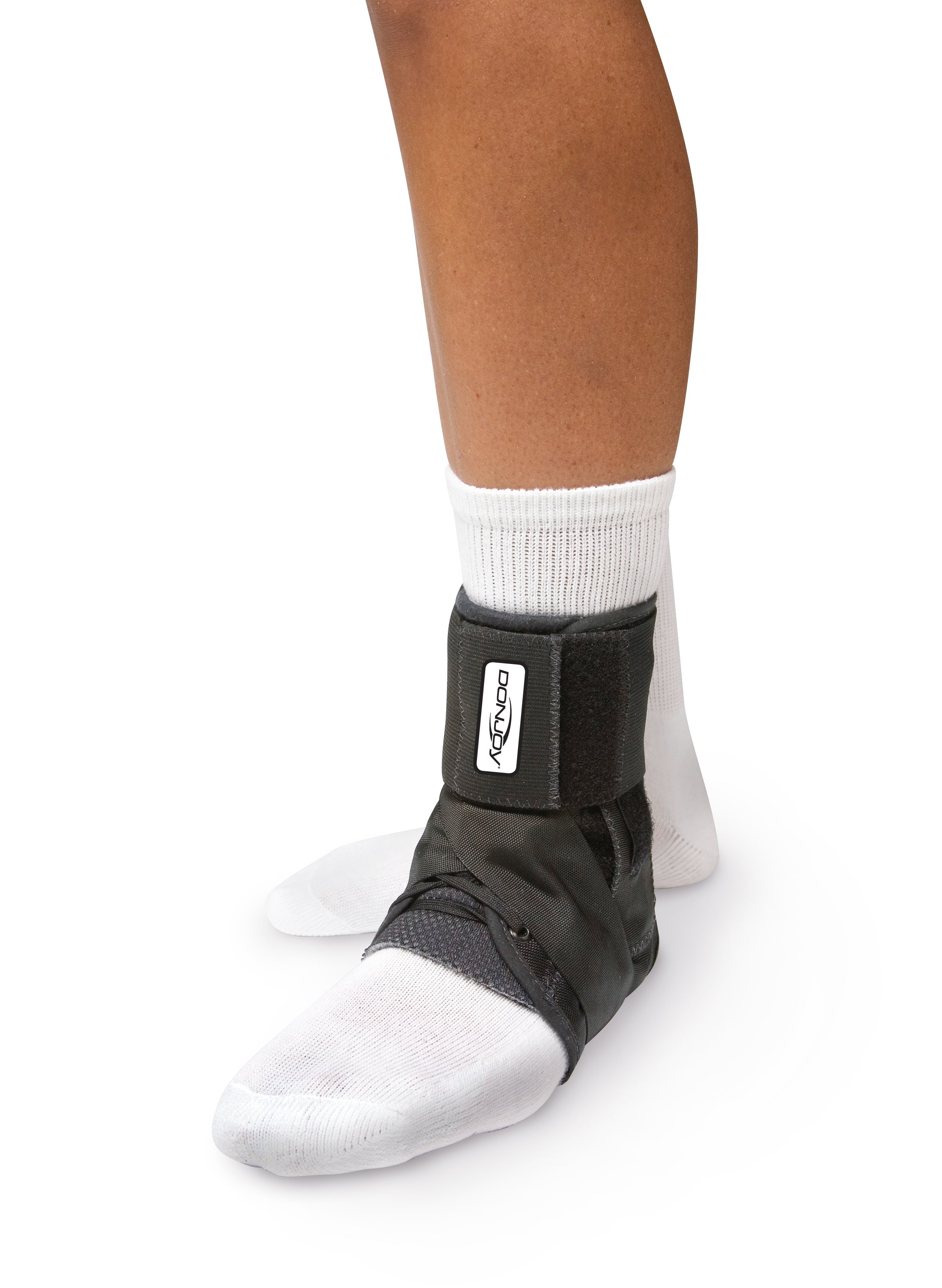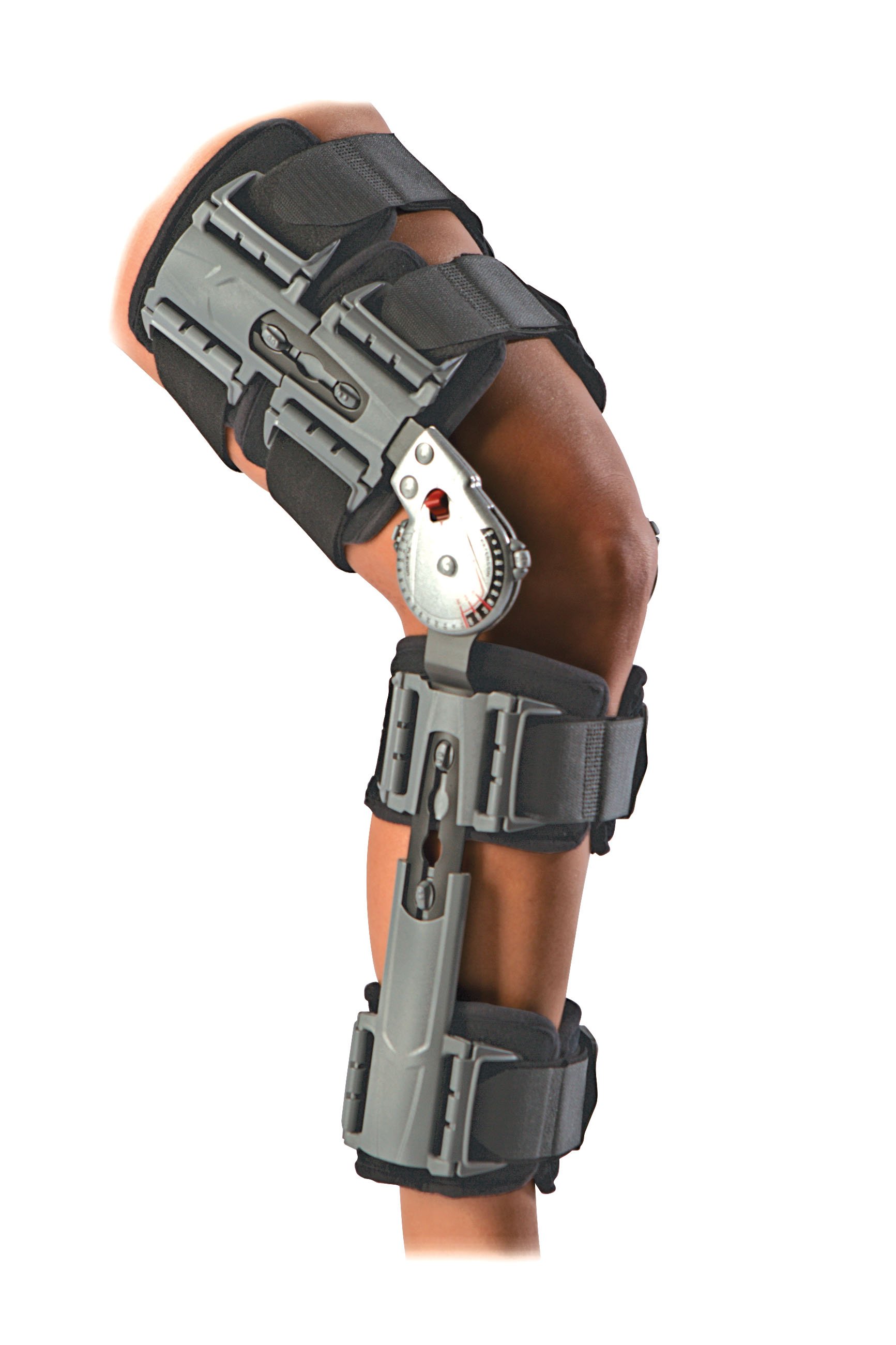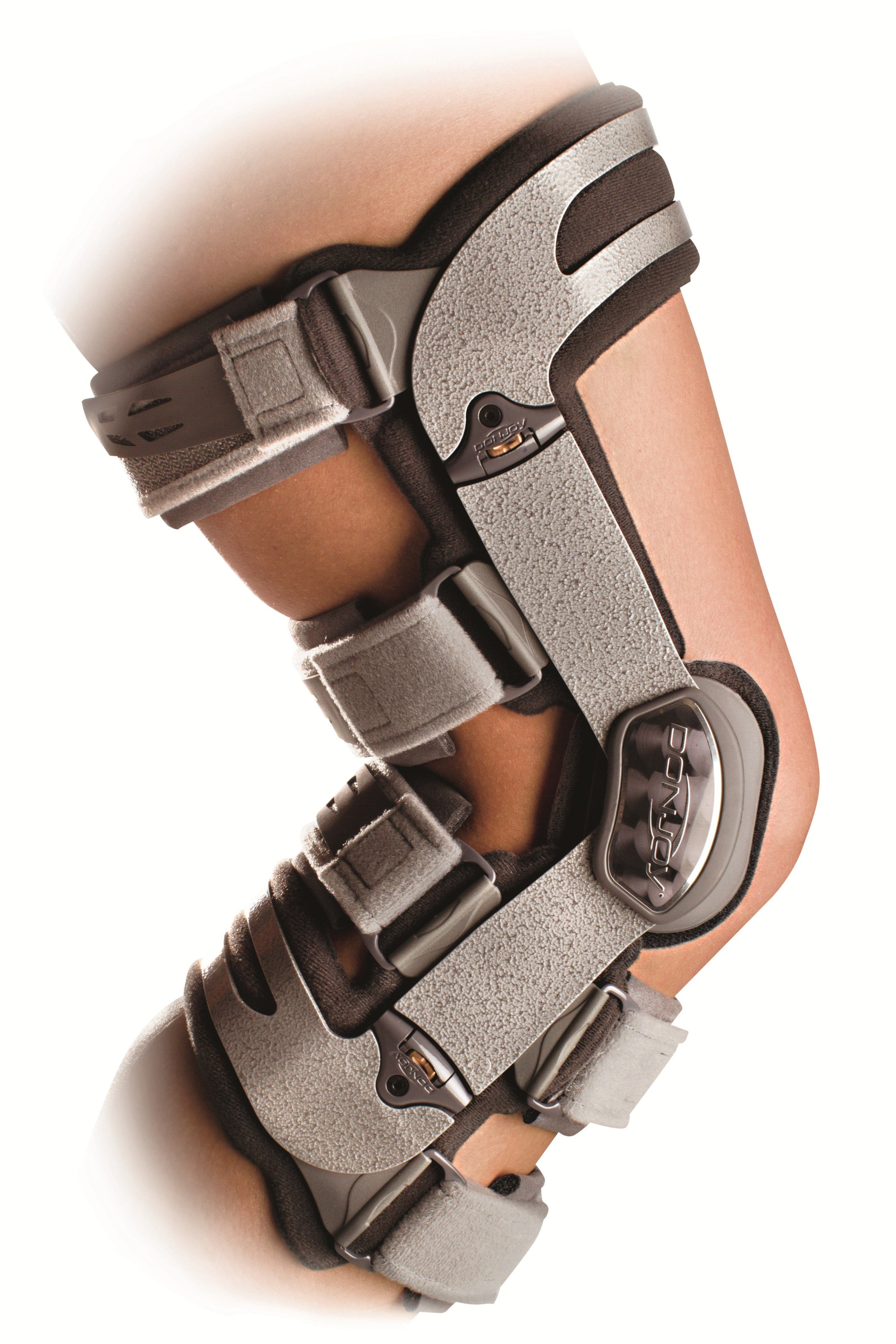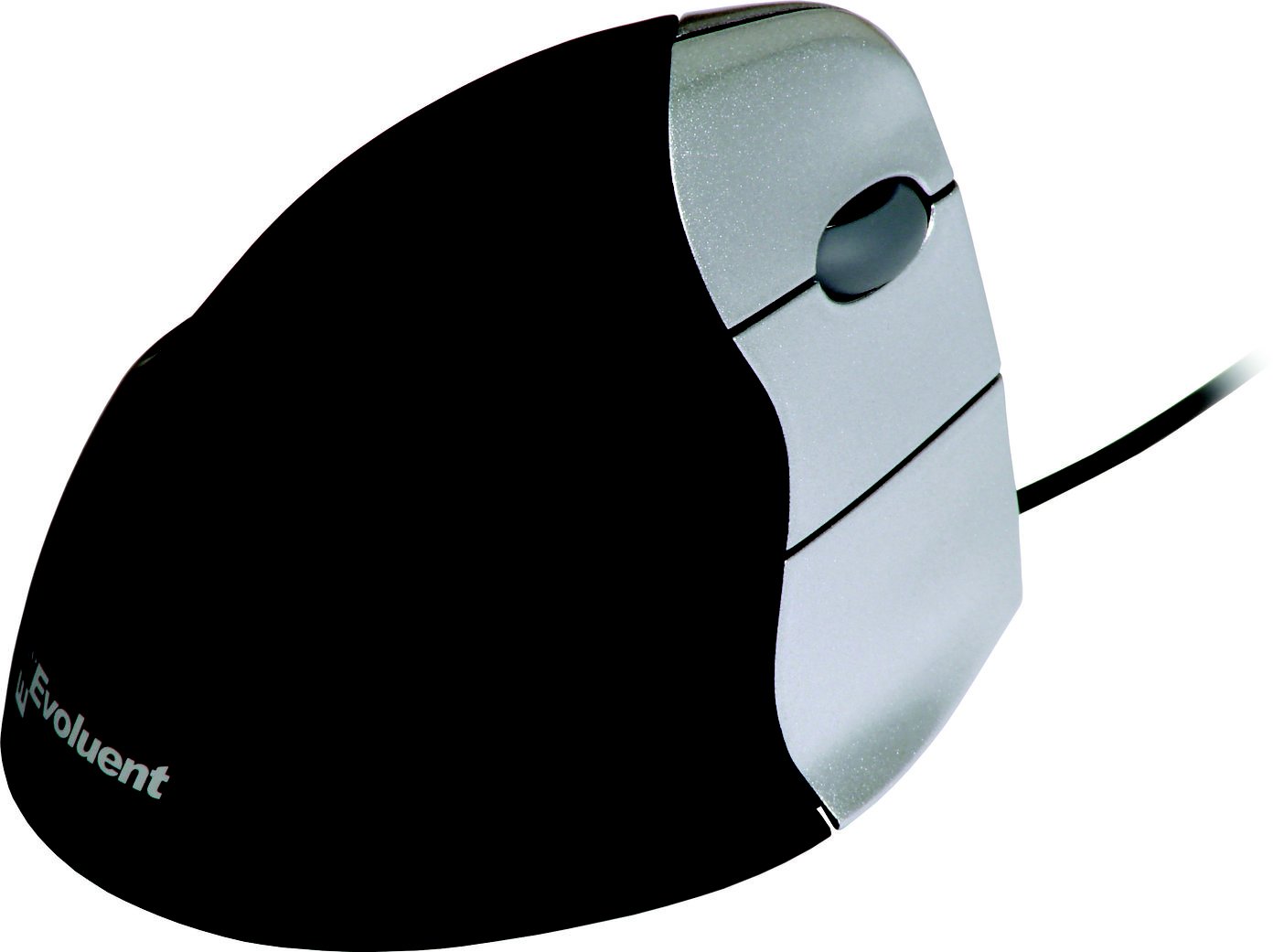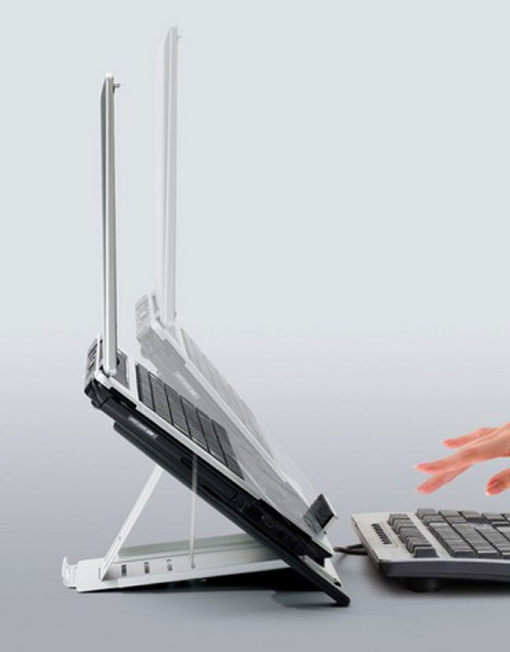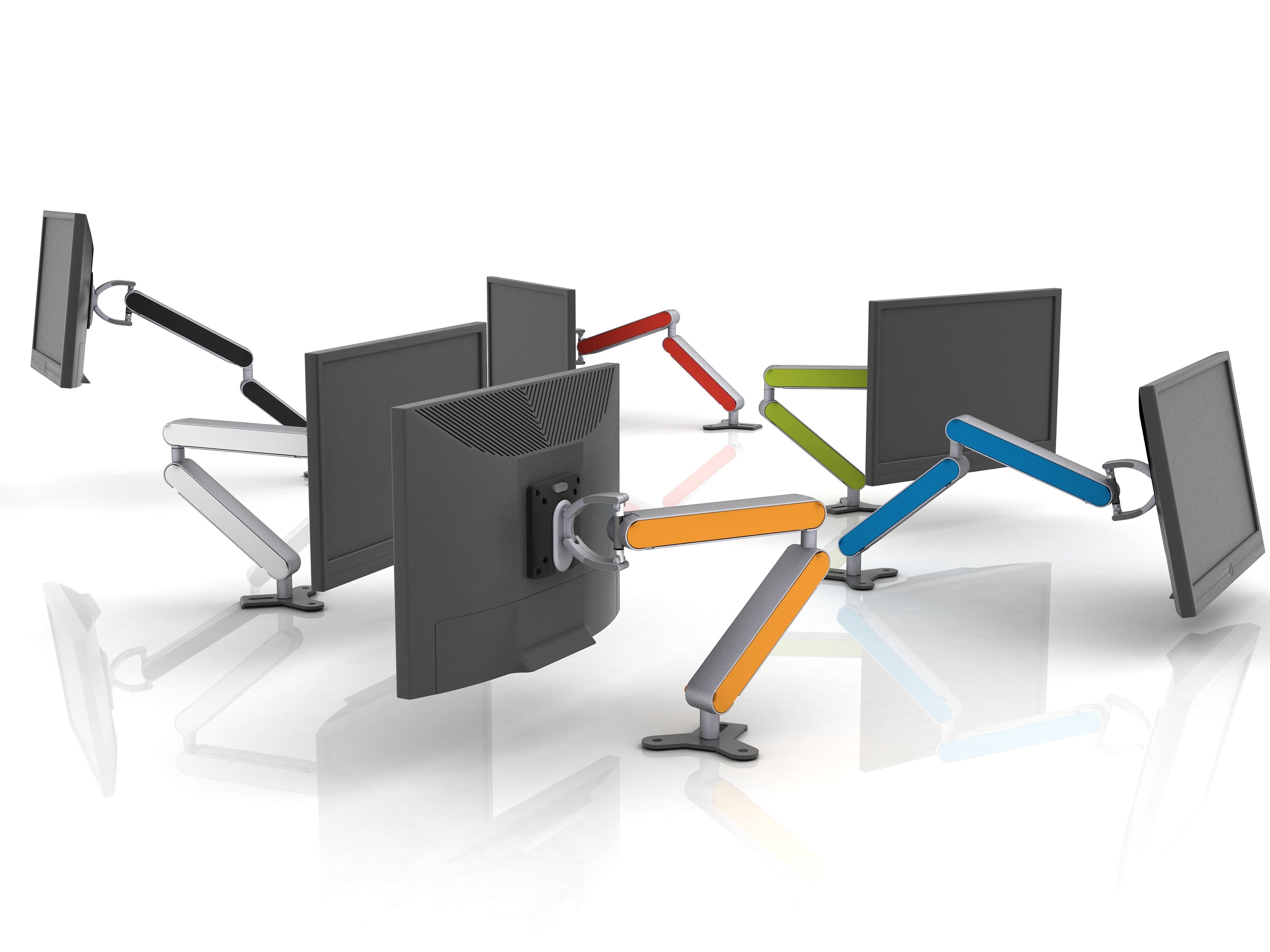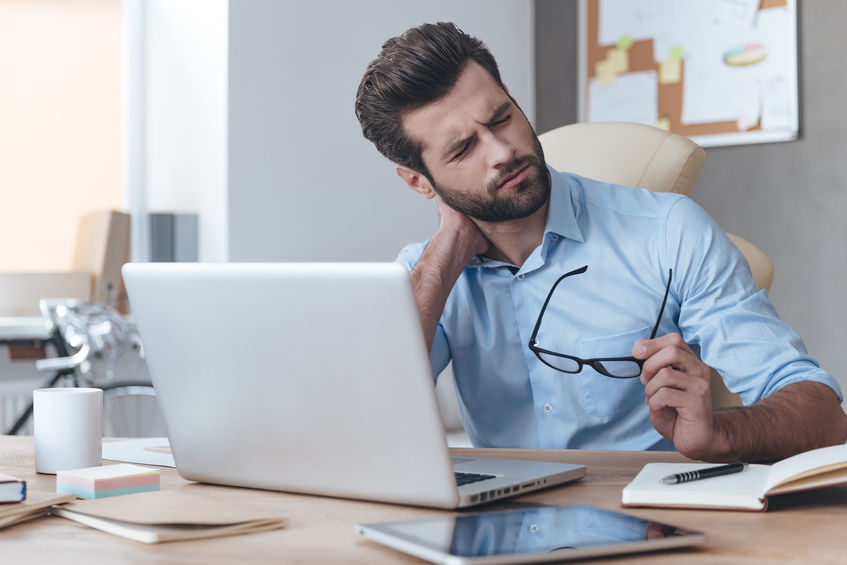
Hunchback, high rounded shoulders, forward head posture – these are three of the key signs you might have a condition known as Upper Crossed Syndrome. Often a result of excessive time spent scrolling or typing, UCS strikes when the muscles behind the neck and shoulders become overactive and strained, while the chest muscles become short and tight.
Unfortunately, it’s an all too common condition we see at the clinic. However, with the right treatment and exercises, you can improve your posture and alleviate your symptoms. Read on for everything you need to know about tackling Upper Crossed Syndrome.
How does Upper Crossed Syndrome Present?
The muscular imbalance (shortening of chest muscles, weakening of upper back and neck muscles) affects the position of the head, shoulder girdle and spine, and can result in pain, headaches, and reduced range of motion. Presentation includes:
- Forward head posture
- Increased cervical lordosis (inward curvature)
- Thoracic kyphosis (hunched / rounded top-mid back)
- Elevated and protracted (forward) shoulders
- Rotation or abduction and winging of the scapulae
- Decreased shoulder stability and range
What are the common causes?
Activities that involve repetition of poor posture are largely to blame. UCS is most common in those who sit at a desk for prolonged periods, such as office workers and students. Excessive phone, tablet and laptop usage can trigger the condition, but it can also be caused by driving, reading, or cycling.
What are the symptoms?
Those with Upper Crossed Syndrome may experience the following:
- Neck pain / tightness
- Back pain / tightness
- Chest pain / tightness
- Headaches
- Arm pain
- Jaw pain
- Fatigue
- Pins & needles in neck / shoulders / arms / forearms / hands / fingers
- Reduced range of motion of neck, back, shoulders
If left untreated, the above symptoms can become chronic which may lead to long term pain and discomfort.
How can you prevent UCS?
Since many of us do not have a choice when it comes to hours spent desk-bound, an ergonomic workstation is incredibly important. Schedule regular breaks – get up and move around or stretch every half an hour or so. Exercise to improve strength, flexibility and range of motion. And if it’s sports-related, work on improving your technique.
How is it treated?
Some treatments include:
- Soft tissue massage, joint mobilisation
- Education and addressing the causes of UCS
- Education and tools on how to address it
- Exercises – improve strength, stability, endurance, flexibility
Easy exercises to prevent Upper Crossed Syndrome
Upper trapezius stretch
Sitting onto right hand, roll right shoulder back. Place left hand on top of head and gently pull your left ear to your left shoulder until you feel a stretch from the top of your neck to the tip of your shoulder. Hold for 30 seconds. Swap sides
Levator Scapulae Stretch
Sitting onto right hand. Roll right shoulder back. Look down 45deg / bring chin towards left underarm. Place left hand on top of head and gently add to the stretch. Hold for 30 seconds. Swap sides.
General sitting stretches
Hands behind head. Bring elbows as far back as you can until you feel a stretch in your chest. At the same time, arch over the back of your chair.
Interlace your fingers. Palms towards the ceiling. Stretch your arms as far towards the ceiling as you can then slowly bring your arms backwards until you feel a stretch down the sides of your arms and trunk.
To get on top of any postural issues you’re experiencing, call us on (03) 9650 2220 today.


